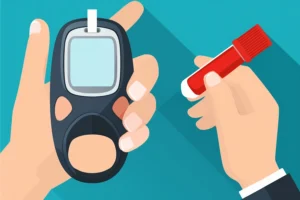A team of scientists from Oregon State University has made a significant stride in neurological drug delivery by developing a novel nanoparticle system capable of safely crossing the blood-brain barrier (BBB), a feat long considered one of medicine’s greatest challenges.
The innovative platform, based on dual peptide-functionalized polymeric nanocarriers, is designed to deliver therapeutic compounds directly to specific regions of the brain, particularly the hypothalamus.
In preclinical studies involving mouse models, the nanocarriers were used to transport IRAK4 inhibitors, a class of anti-inflammatory drugs. The results were remarkable, treated mice showed a 94% increase in food intake and improved retention of lean muscle mass, suggesting powerful potential in addressing conditions associated with severe weight and muscle loss.
This breakthrough could mark a turning point in treating neurological and systemic disorders such as cancer cachexia, Alzheimer’s disease, Parkinson’s disease and multiple sclerosis, all of which currently face limitations due to the brain’s natural protective barriers.
The nanocarriers were engineered to not only navigate through the BBB but also to target brain tissues with high precision, reducing the risk of off-target effects. The dual peptide coating enhances both penetration and receptor-specific binding, making this technique more efficient and safer than traditional methods.
Experts say that while the findings are currently limited to animal models, technology sets the stage for future clinical trials and could potentially reshape therapeutic strategies for brain-related illnesses and degenerative diseases.
With further research and development, this approach might soon pave the way for non-invasive, targeted brain treatments that have long eluded scientists and physicians alike.
Disclaimer: The content presented in this article is based on preclinical research findings and is intended for informational and educational purposes only. The discussed nanoparticle-based drug delivery system has not yet been approved for human use and is still undergoing experimental validation. Readers should not interpret this as medical advice or a substitute for professional healthcare consultation.



